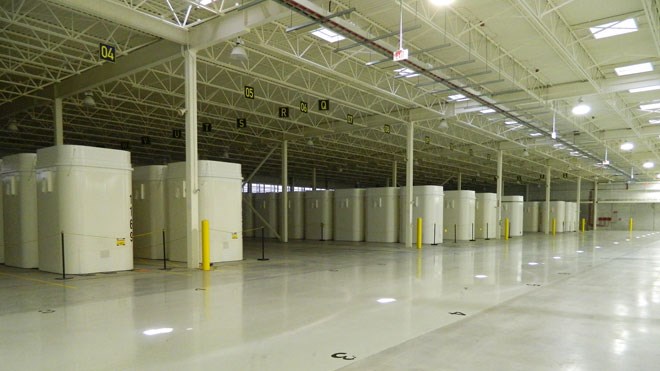The group has finished Phase 1 of its community consultation as it proceeds with long-term plans to spend $20 billion over several decades to bury used nuclear fuel deep underground.
The storage area would include multiple barriers, including the surrounding rock, which would ideally be solid granite. The used fuel bundles would likely be transported to the site by truck or rail.
To transport used nuclear fuel, the organization uses specially designed 30-tonne storage containers. The containers are made of solid steel, with no seams or welds, and their walls are about 12 inches thick designed to carry five tonnes of used nuclear fuel.
While Sudbury is not among a list of potential host communities, Elliot Lake and Blind River are among the four towns in Northern Ontario closest to us that are still under consideration. The others are Manitouwadge, Hornepayne, Ignace and White River. Three communities in southern Ontario are also still under consideration: Huron-Kinloss, South Bruce and Central Huron.
The organization is in the third step of a nine-step process as it works toward the construction of a 500-metre repository for two million, half-metre cylindrical bundles that contain radioactive uranium dioxide pellets. The site could be operational by 2035. During a 10-year construction period, the project would create around 1,000 jobs.
The third step of the process has two phases, with assessments of potential communities as a first phase. That process has now been completed.
Its 40-year operation period would support 600 to 800 jobs – ranging from maintenance to security – and an extended monitoring period would create a smaller number of jobs for more than 100 years.
Join Sudbury.com+
- Messages
- Post a Listing
- Your Listings
- Your Profile
- Your Subscriptions
- Your Likes
- Your Business
- Support Local News
- Payment History
Sudbury.com+ members
Already a +member?
Not a +member?
Sign up for a Sudbury.com+ account for instant access to upcoming contests, local offers, auctions and so much more.
